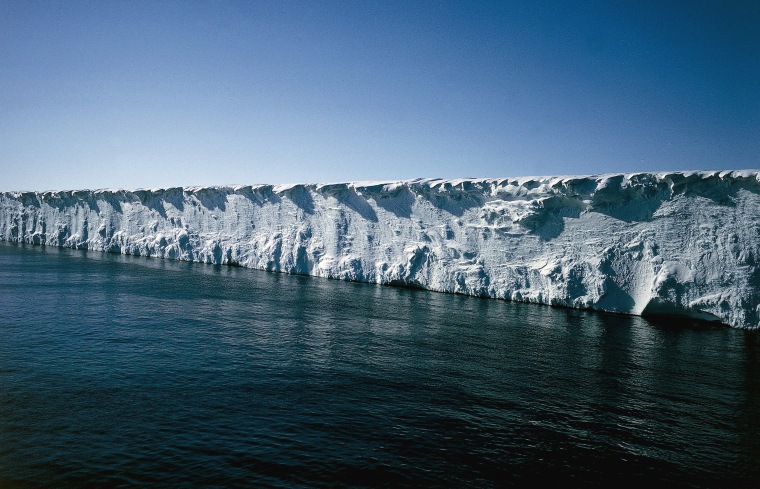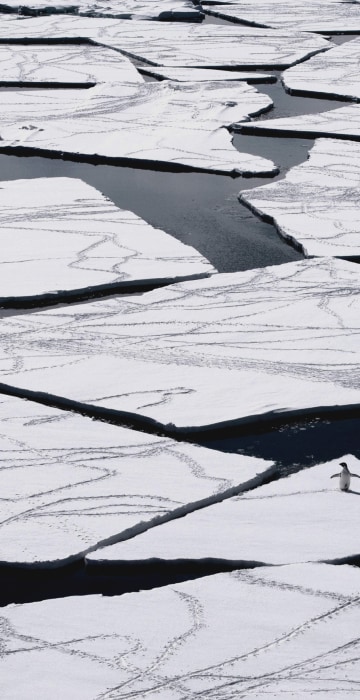
Photo
Historic Deal Will Open World's Largest Marine Reserve
Negotiations between nations lead to good news for the creatures who call the Ross Sea in the Antarctic home.
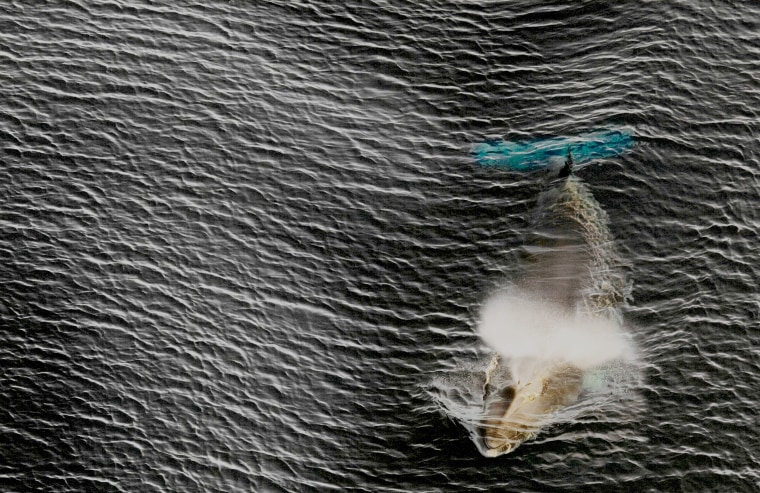
The world's largest marine reserve aimed at protecting the pristine wilderness of Antarctica will be created after a "momentous" agreement was finally reached on October 28, 2016 with Russia dropping its long-held opposition. The agreement comes after years of diplomatic wrangling and high-level talks between the U.S. and Russia, which has rejected the idea in the past.


The Ross Sea is seen as one of the world's most ecologically important oceans. The sanctuary will cover more than 12 percent of the Southern Ocean, which is home to more than 10,000 species including most of the world's penguins, whales, seabirds, colossal squid and Antarctic tooth fish.

An adelie penguin on pack ice in the Ross Sea in Antarctica. New Zealand's Foreign Minister Murray McCully said the final agreement included some concessions to Russia, including adjusting the reserve's boundaries and allowing a little more commercial fishing outside the no-take zone.
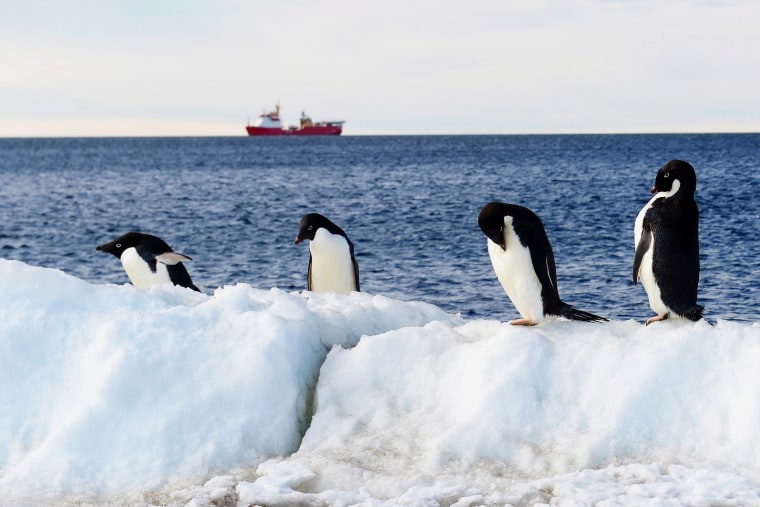
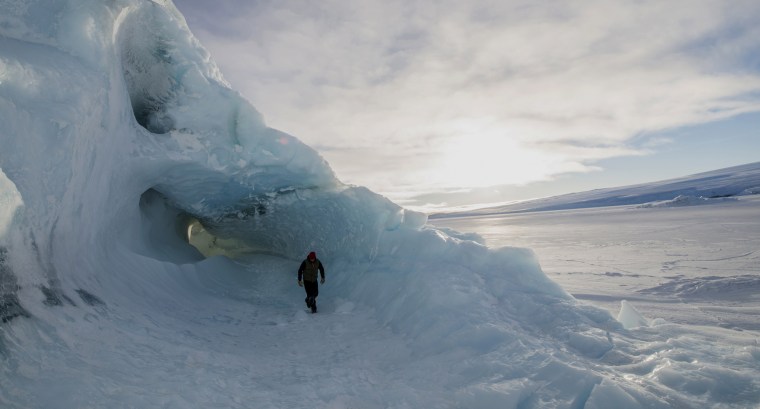


The Concordia station in Antarctica, east of the Ross Sea, makes for a unique location and attractive place for scientists to conduct research.
For nine months, no aircraft or land vehicles can reach the station, temperatures drop to -80 degrees Celcius and the Sun does not rise above the horizon for 100 days. Living and working in these conditions is similar in many respects to living on another planet.
